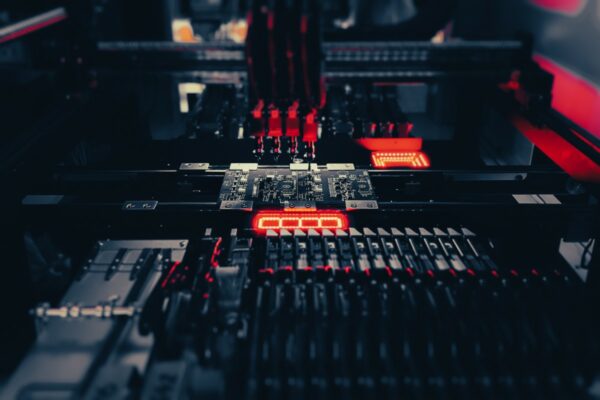What is Flip Chip
Flip chip is an advanced semiconductor fabrication process used in the PCB (Printed Circuit Board) industry. It is a method of connecting integrated circuit chips directly to packages or other components, eliminating the need for wire bonds. This technique involves placing the chip on its backside and bonding it directly to the substrate, enabling the manufacturing of high-performance and cost-effective products in smaller sizes.
One of the key advantages of flip-chip technology is its ability to provide tighter interconnectivity between components. By directly connecting the chip to the PCB, flip chips offer improved signal integrity, resulting in faster and more efficient communication between components. This enhanced interconnectivity leads to higher performance levels and allows devices to operate at higher speeds with reduced power consumption.
Flip chips also offer benefits in terms of size reduction and thermal performance. The direct stacking of components allows for a smaller overall footprint, making flip chips suitable for applications where space is limited, such as in mobile devices or compact electronic systems. Additionally, the direct connection between the chip and the PCB enables more efficient heat dissipation, preventing overheating and ensuring reliable device operation.
Frequently Asked Questions
What Is the Difference Between Wire Bond and Flip Chip
Wire Bond vs. Flip Chip: In the wire bond method, the die is positioned facing up and connected to the package using wires. On the other hand, the flip chip is positioned facing down and typically connected using solder bumps, similar to the larger ones used to attach BGA packages to the printed circuit board.
Should Flip Chip Be High or Low
The recommended setting for flip chip is the high position, especially for slower, tighter, and more technical terrain. By having a slacker headtube and seattube angle, the bike gains more stability at higher speeds and provides increased confidence on steeper terrain. This is achieved by positioning the front wheel slightly farther out in front of the rider.
What Is the Advantage of Flip Chip
Using flip chip interconnect provides several potential benefits to the user. One significant advantage is the reduction in signal inductance. Due to the shorter length of the interconnect (0.1 mm compared to 1-5 mm), the inductance of the signal path is significantly decreased. This reduction in inductance is crucial for high-speed communication and switching devices.
What Is Major Advantage of Using Flip Chip Over Wire Bond Package
Flip chip bonding offers several advantages compared to traditional wire bonding. One major advantage is the ability to achieve a smaller package size. Additionally, flip chip bonding allows for greater device speed. It is worth noting that bumping can be easily carried out by extending conventional wafer fabrication methods.
Does Flip Chip Affect Reach
Typically, a flip-chip will slightly alter your head tube angle and seat tube angle by about 0.5 degrees. Additionally, it may cause a slight adjustment in your wheelbase, reach, and BB height by a few millimeters.
Is Flip Chip Same as BGA
A flip chip BGA is a particular variation of a ball grid array that utilizes a controlled collapse chip connection, also known as flip-chip technology. This method involves solder bumps on the top of the chip pads.





